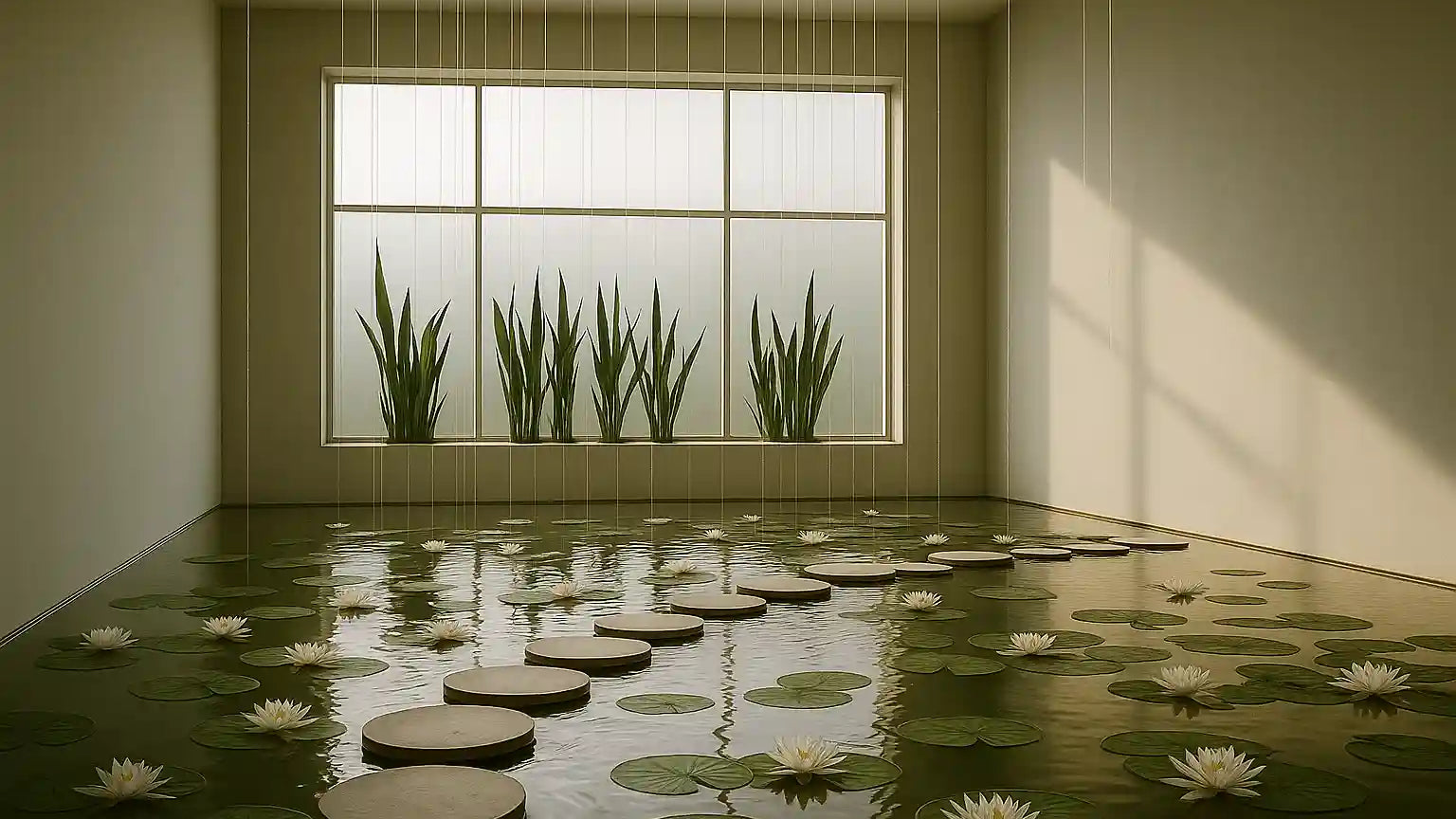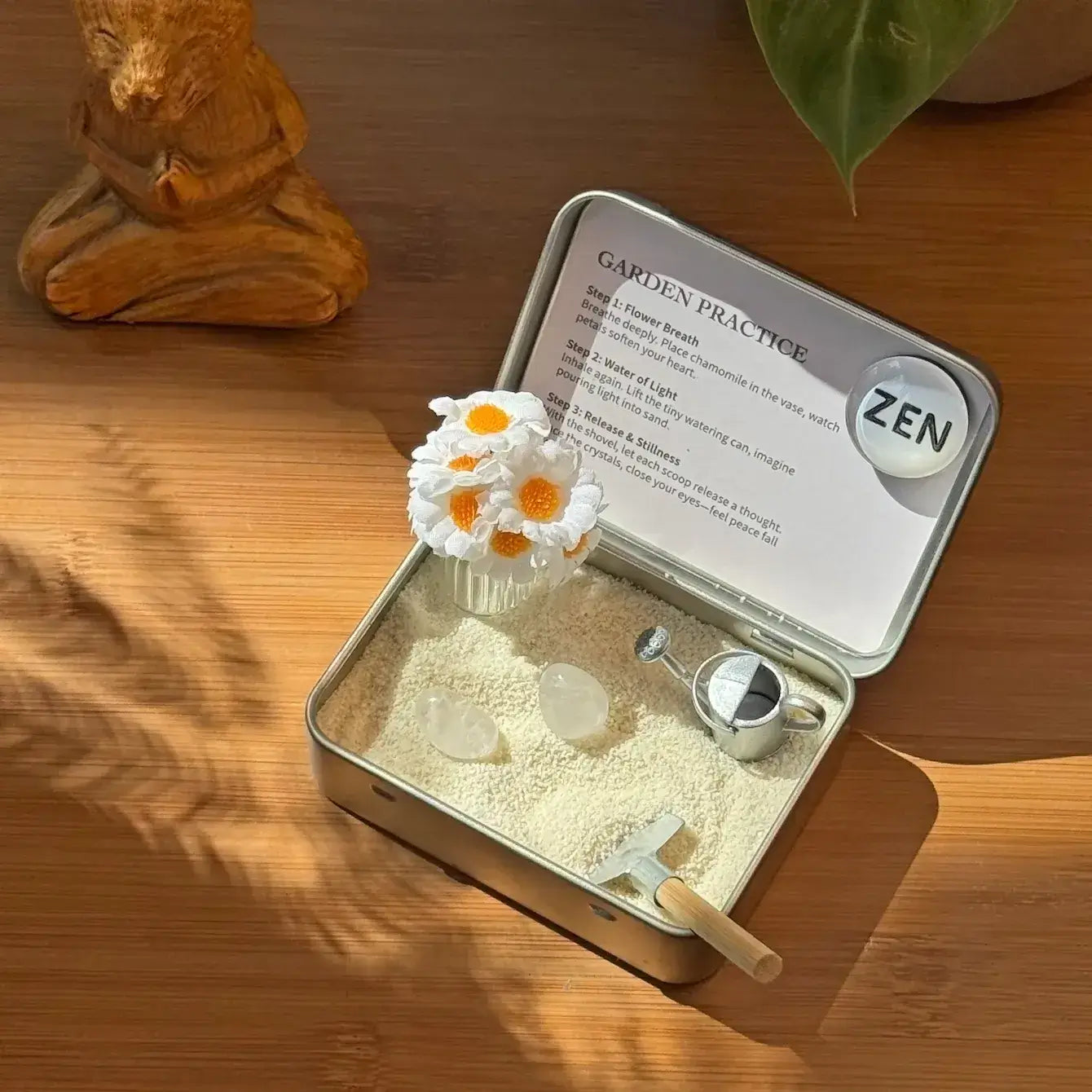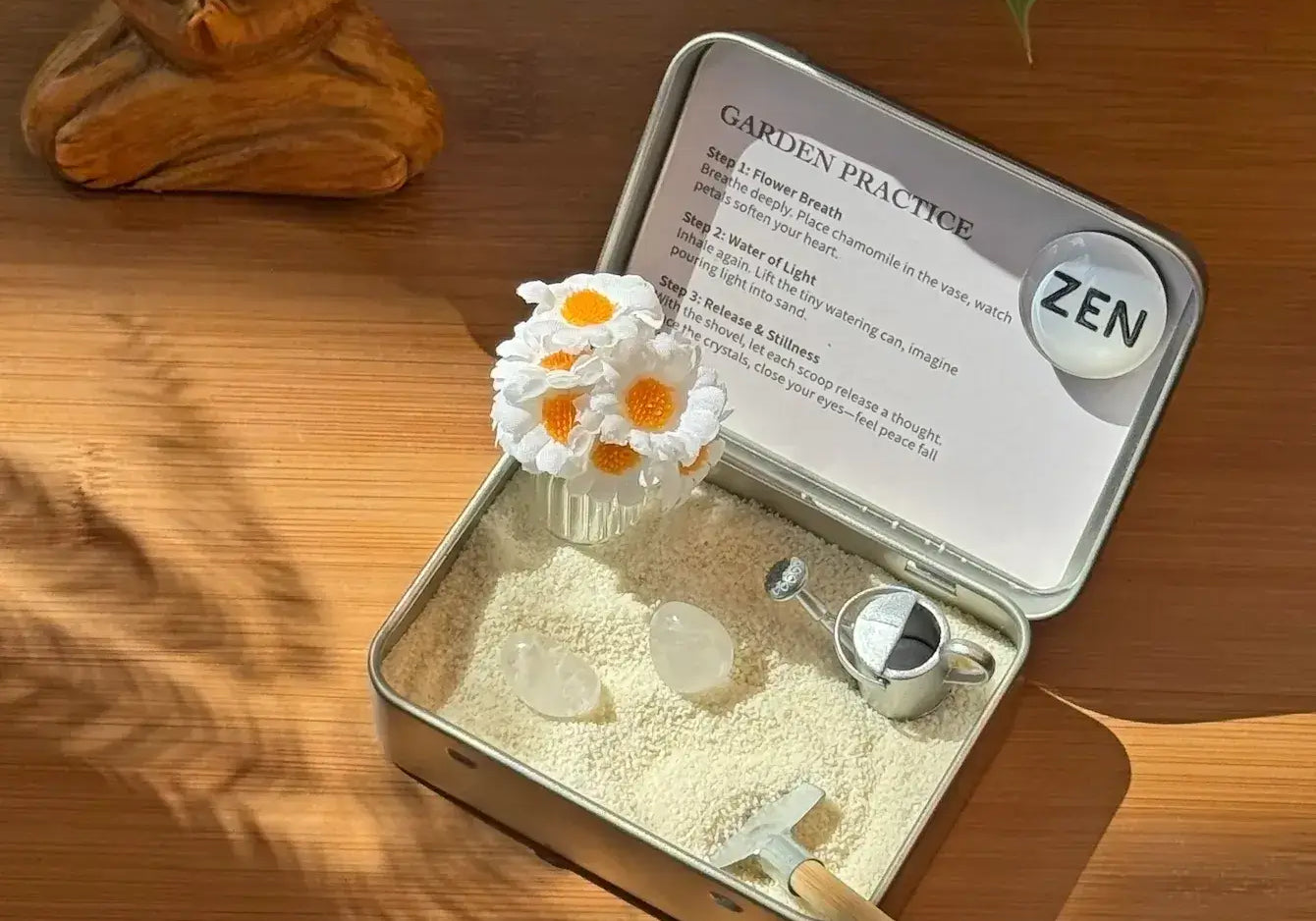“Freedom is not the absence of desire, but the awareness that you are not ruled by it.”
1. The Hidden Weight of Desire
It starts small.
A craving for comfort, a quick distraction, a brief escape from discomfort.
We tell ourselves it’s harmless — a drink, a scroll, a late-night impulse — but slowly, the craving begins to own us.
Addiction doesn’t always look like chaos. Sometimes, it’s just repetition. The same pattern every day: feel tension → seek relief → feel shame → repeat. It’s not the object of desire that chains us, but our unconscious reaction to it.
In the language of Zen, this is tanha — the thirst. Not evil, but misunderstood.
Meditation, then, is not a war against desire. It’s a way of seeing it clearly enough to choose differently.
2. Sitting with the Fire
When I first sat down to meditate, I thought stillness would extinguish my urges.
Instead, I found the opposite — the mind got louder. Every thought, every image, every craving showed up like uninvited guests.
The instinct was to push them away.
But the more I resisted, the stronger they became.
It took months to understand that meditation is not suppression — it’s observation.
When we stop fighting our impulses and simply sit with them, they lose their power to define us.
The urge still arises, but it becomes a wave you can watch, not a tide that drags you under.
Sometimes, I imagine my cravings as small ripples in a Zen garden — visible, but harmless once the sand settles again.
3. Desire as a Teacher
Through consistent meditation, desire transforms from an enemy into a messenger.
Each craving reveals something beneath it — loneliness, exhaustion, fear, or unacknowledged pain.
Addiction isn’t only about pleasure; it’s about seeking control over discomfort.
By sitting in stillness, we begin to feel what the craving was trying to hide.
That moment of awareness — when you catch yourself before reacting — is discipline.
It’s not rigid willpower, but gentle understanding.
You don’t have to destroy desire to be free from it; you only need to see it clearly.
4. The Practice of Returning
Meditation teaches one essential act: returning.
Every time your mind drifts — to craving, regret, fantasy — you bring it back.
You return to the breath, to the body, to this moment.
Over time, this practice of “returning” rewires the brain’s reward system. The pause between impulse and action grows longer. You begin to choose rather than react.
When the urge comes, try this:
-
Notice it without judgment.
-
Breathe deeply — feel where it sits in your body.
-
Stay with the sensation for 90 seconds. Most urges peak and fade within that time.
-
Redirect your attention — to something grounding, like touch, sound, or breath.
This is mindfulness in motion — a discipline built from awareness, not force.
5. Rituals of Grounding
Addiction thrives in chaos; healing thrives in ritual.
Small, sensory rituals can anchor you in presence — lighting incense, journaling, or gently raking sand in a mini Zen garden.
These tactile actions connect the body and mind, offering a calm alternative to the habitual “grab” for stimulation.
They remind us that peace isn’t found by suppressing desire, but by cultivating awareness through simple, mindful acts.
If meditation feels abstract, begin here — with your hands.
Create something. Move slowly. Breathe.
6. The Gentle Power of Discipline
True discipline isn’t punishment; it’s care.
It’s the quiet decision to meet yourself with patience instead of resistance.
When you meditate, you are retraining your attention — shifting from reaction to response.
Over time, that awareness begins to spill into everything: how you eat, how you love, how you choose what matters.
Each time you sit, you’re not escaping desire — you’re befriending it.
And in that friendship, you rediscover freedom.
7. Closing Reflection
Addiction isn’t a moral failure. It’s a human response to pain.
Meditation doesn’t erase desire, but it helps us see it for what it is: a wave, not a verdict.
As Zen master Thich Nhat Hanh once said,
“Feelings come and go like clouds in a windy sky. Conscious breathing is my anchor.”
When desire meets discipline, transformation begins — quietly, patiently, and deeply within.
🌿 Explore More Mindful Rituals
If you’re looking to bring mindfulness into your daily environment,
discover our collection of Zen gardens — small, tactile spaces designed to help you pause, breathe, and reset.




